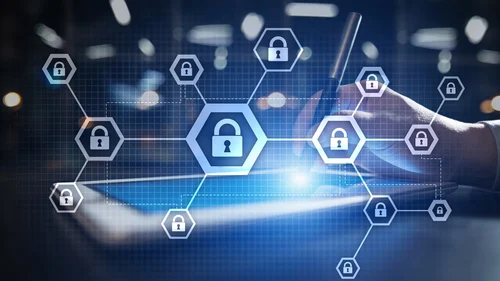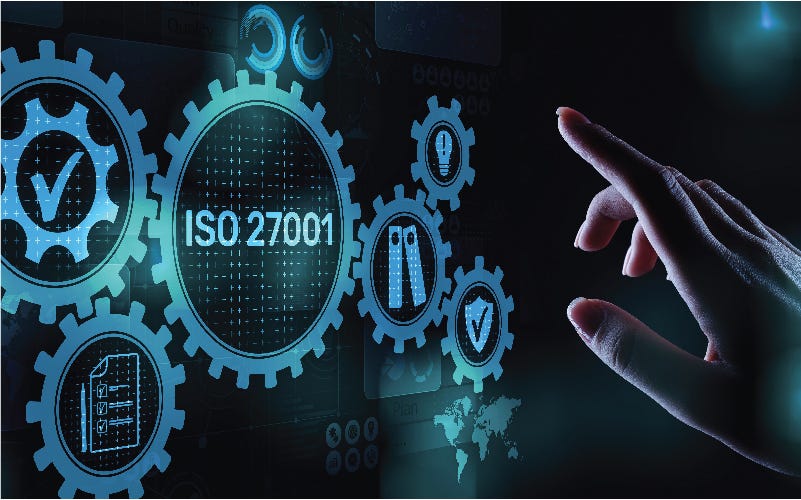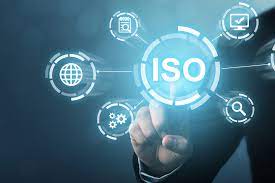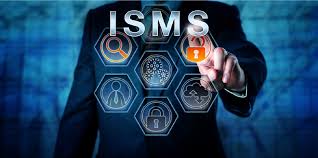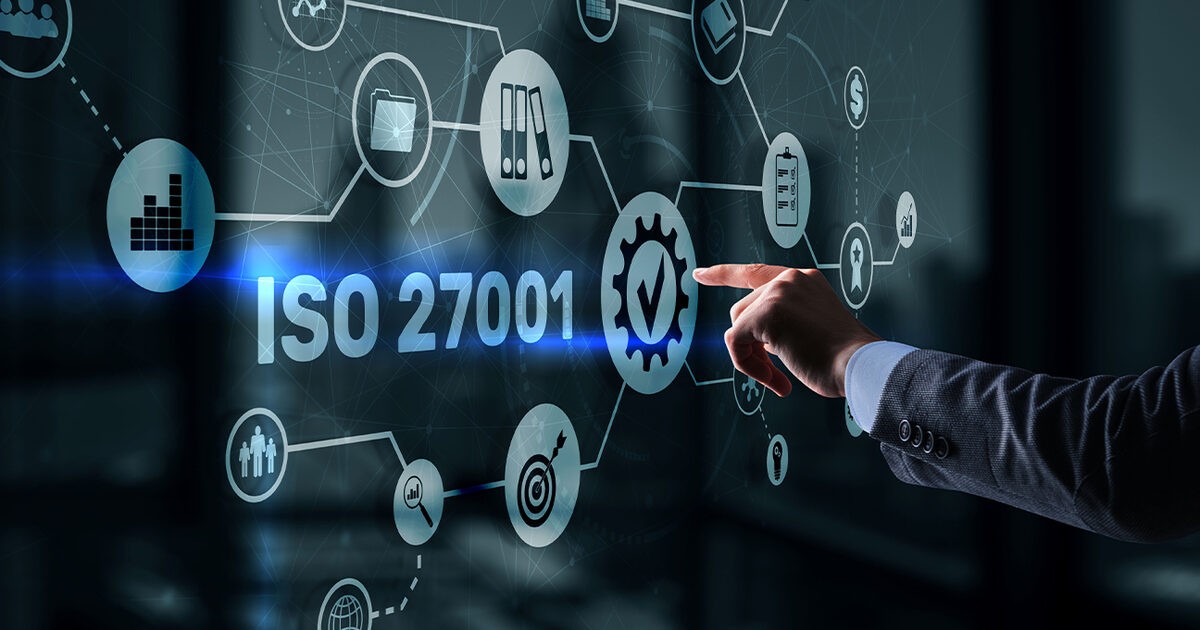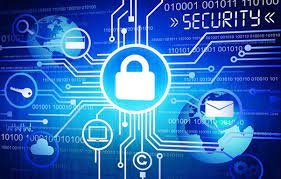ISO 27001 Implementation
Overview of ISO27001 Compliance
ISO 27001 compliance is the adherence to the requirements outlined in the ISO/IEC 27001 standard, which sets forth internationally recognized guidelines for establishing, implementing, maintaining, and continually improving an Information Security Management System (ISMS). At Valency Networks, we provide a comprehensive overview of ISO 27001 compliance to help organizations understand its importance and implications for information security.
1. Understanding ISO 27001:
ISO 27001 is a globally recognized standard developed by the International Organization for Standardization (ISO) and the International Electrotechnical Commission (IEC). It provides a systematic approach to managing sensitive information, addressing risks, and ensuring the confidentiality, integrity, and availability of information assets.
2. Key Principles:
ISO 27001 compliance is based on several key principles, including risk assessment and management, continuous improvement, and a process-based approach to information security management. Organizations must identify and assess information security risks, implement appropriate controls and measures to mitigate these risks, and regularly review and update their ISMS to address changing threats and vulnerabilities.
3. Scope of Compliance:
ISO 27001 compliance applies to all types of organizations, regardless of size, industry, or location. It covers various aspects of information security, including data protection, access control, cryptography, physical security, and security incident management. Compliance requirements may vary depending on the organization's specific context, risk profile, and regulatory environment.
4. Compliance Process:
Achieving and maintaining ISO 27001 compliance involves a systematic process that includes several key steps:
- Gap Analysis: Assessing the organization's current information security practices and capabilities against the requirements of ISO 27001.
- Risk Assessment: Identifying and evaluating information security risks, vulnerabilities, and threats that could impact the confidentiality, integrity, and availability of information assets.
- Controls Implementation: Implementing a set of security controls and measures to mitigate identified risks and address compliance requirements.
- Documentation and Documentation: Developing and maintaining documentation such as policies, procedures, and records to demonstrate compliance with ISO 27001 requirements.
- Training and Awareness: Providing training and awareness programs to educate employees about their roles and responsibilities in maintaining information security.
- Internal Audit: Conducting internal audits to assess the effectiveness of the ISMS and identify areas for improvement.
- Certification (Optional): Optionally, organizations may choose to undergo a certification audit conducted by an accredited certification body to validate compliance with ISO 27001 requirements.
5. Benefits of Compliance:
ISO 27001 compliance offers numerous benefits to organizations, including:
- Enhanced information security posture
- Reduced risk of data breaches and security incidents
- Improved regulatory compliance and legal compliance
- Increased customer trust and confidence
- Competitive advantage in the marketplace
ISO 27001 compliance is essential for organizations seeking to protect their sensitive information, mitigate risks, and achieve regulatory compliance. Through our expertise and experience, Valency Networks assists organizations in understanding and implementing ISO 27001 compliance effectively, ensuring the confidentiality, integrity, and availability of their information assets.


